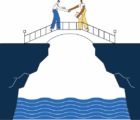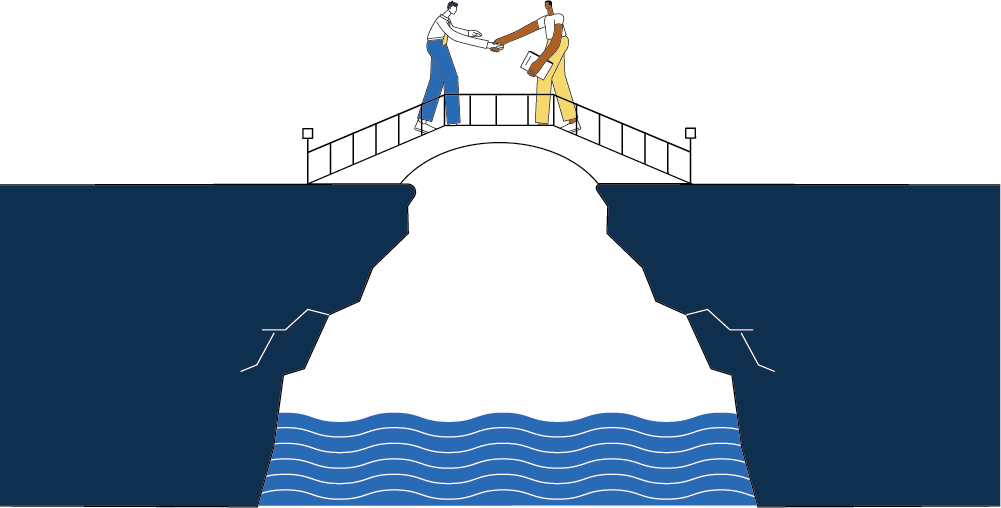
Last year there was an increasing number of credit rating downgrades of U.S. property and casualty insurance companies, with 64 downgrades and 45 upgrades, compared to 42 downgrades and 55 upgrades the year before. Most of the downgrades were for smaller single-state, personal lines carriers. Companies that operate in catastrophe-prone areas such as Florida, California and Texas accounted for a significant proportion of these downgrades. Contributing factors include weaker capitalization (resulting from higher cost of capital), changes to balance sheet assessments, longer-term liquidity pressures and deteriorating underwriting performance. The latter has been squeezed by social inflation, rising reinsurance costs, higher loss costs, climate risk and secondary perils such as wildfires, floods, tornadoes and severe thunderstorms. Recently elevated interest rates have improved investment income especially for personal lines carriers, yet at the same time have increased the cost of capital for insurers. It’s unclear which one outweighs the other since a higher cost of capital would translate into depressed levels of return on equity.
Even though downgrades have occurred to companies with varying size of capital; almost 50% of downgrades were those of companies with less than $50 million in capital. Mutual companies, compared to stock and other companies, saw more downgrades than upgrades. This is due to mutual companies having a higher composition of their business in personal lines and a tendency to preserve capital over time, which suppresses return measures. These patterns are expected to continue if not addressed through expertise, technology and enhanced means to keep up with the changing environment.
What this means for actuaries: Actuaries can help their organizations manage their credit ratings by designing solutions to improve profitability (e.g., adequate rates and pricing sophistication) and identifying reinsurance or alternative risk transfer options that help with capital relief. Rating downgrades mean more challenges for insurers to raise funds, and the cost of capital will increase, impacting the whole balance sheet negatively and creating a negative ripple effect.
Sources:
- https://riskandinsurance.com/u-s-insurers-face-increasing-ratings-downgrades/?rid=1408180&utm_campaign=RiskandInsurance.
- https://www.insurancebusinessmag.com/us/news/property/us-pandc-insurers-hit-with-rating-downgrades-480737.aspx.
- https://www.insurancebusinessmag.com/us/news/breaking-news/us-insurer-rating-downgrades-rise-by-60-amid-worsening-conditions–am-best-505165.aspx.
- https://www3.ambest.com/ambv/sales/bwpurchase.aspx?record_code=346498&altsrc.
Sandra Maria Nawar, FCAS, ACIA, is a data science manager at Intact Financial Corporation. She is a member of the Actuarial Review Working Group and Writing Subgroup.













